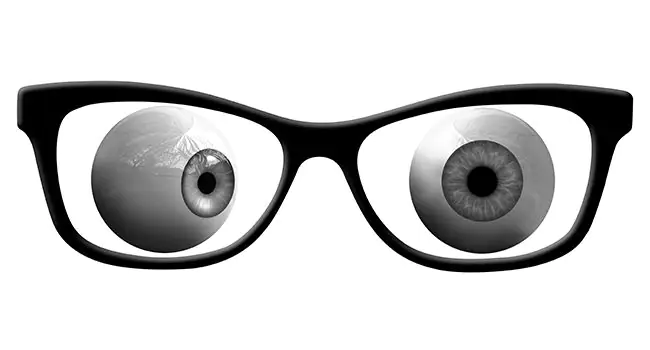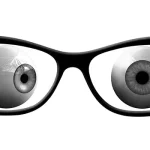Causes, symptoms, and treatment of Amblyopia
Amblyopia, also known as ‘lazy eye,’ is a disorder in which vision in one eye fails to develop. The reason why it is called a ‘lazy eye’ is one eye works in a better way in comparison to the weaker one. The lazy eye may tend to wander inward or outward often. People suffering from amblyopia can not control the way their eyes work.
This vision disorder begins during early childhood and is also known to be the most common cause of vision loss in children. But the good part is that if detected early on, then long term issues related to amblyopia can be prevented.
What causes amblyopia?
Various causes can result in the development of amblyopia in a child, like:
- Squints (Strabismus):
Squints is an eye disorder in which both the eyes are not able to align in one direction. One eye Jun be focussed while the other one will turn upwards, downwards, inwards or outwards. In such a situation, to avoid double vision, the brain Jun ignore the image formed by the weak eye. Such continuity can keep that eye from developing correctly.
- Refractive errors:
A refractive error means being nearsighted, farsighted, or astigmatism. A child can be suffering from a refractive error that is worse in one eye. In such a case, his/her eyes form two images, a focussed and a clear picture and a distorted or blurry one. In such a case, the brain ignores the blurry images. If this goes on for a longer time, then the blurry eye tends to become a lazy eye.
- Cataracts:
In cataracts, a cloudy natural lens of the eye makes things difficult. It makes blurry images and prevents the vision from developing the way it should have been.
- Ptosis (Droopy eyelid):
A sagging eyelid can block your vision in a kid’s developing eye, thereby leading to amblyopia.
Amblyopia symptoms
Sometimes, amblyopia can not be evident without a comprehensive eye exam. A complete eye check-up for a child is recommended between the ages of 3 to 5. Below listed are the signs and symptoms for lazy eye (amblyopia), although sometimes there Jun not be any symptoms at all:
- Inward or outward moving eye
- Poor depth perception
- Shutting or squinting of an eye
- Head tilting
Consult an eye specialist if you notice your child’s eyes wandering after the first few weeks of life. You also need to consult if you have a family history of childhood cataracts, squints, or other eye conditions.
Amblyopia risk factors
Certain conditions increase the chances of amblyopia in kids, like:
- Premature birth
- Developmental disabilities
- Family history of lazy eye
- Small size at the time of delivery than average
Amblyopia treatment
Many children cannot know if they have any issues related to the eye as the stronger eye compensates for, the weaker one for a long time. This makes the weaker eye progressively worse, thereby leading to the development of amblyopia.
- Eyeglasses:
Children who have myopia, hyperopia, or astigmatism are prescribed with glasses. They are advised to wear them most of the time so that the refractive error can be controlled, and the eye specialist can monitor how effectively the weaker eye is improving.
- Cataract surgery:
If the reason for amblyopia is cataract, then the cloudy lens can be removed surgically. Phacoemulsification is a process in which an ultrasonic device is used to break up a cloudy lens, which is then suctioned out.
- Treating droopy eyelid:
Sometimes, the droopy eyelid is the cause for amblyopia, which is corrected through surgery. The droopy eyelid is lifted, thereby treating the weaker eye that was blocking the vision.
Amblyopia in adults
Yes, adults can also suffer from amblyopia. It can be corrected through a combination of prescription glasses, eye patches, and sometimes vision therapy. It is possible to retrain a person’s visual system that consists of his/her eyes, brain, and visual pathways, regardless of age.
At Centre for Sight, we take care of all your eye care needs. We are always at your service with an excellent team of medical professionals, best in class infrastructure, and treatment given with utmost precision and care. CFS has the best specialists and advanced vision therapy software for amblyopia management. We provide treatment for amblyopia, retinal disorders, refractive errors, squints, glaucoma, and cataracts, amongst many others. Visit your nearest CFS hospital for the best possible eye care for yourself and your near and dear ones.
Article: Causes, symptoms, and treatment of Amblyopia
Author: CFS Editorial Team | Aug 12, 2020 | UPDATED 02:25 IST
*The views expressed here are solely those of the author in his private capacity and do not in any way represent the views of Centre for Sight.





